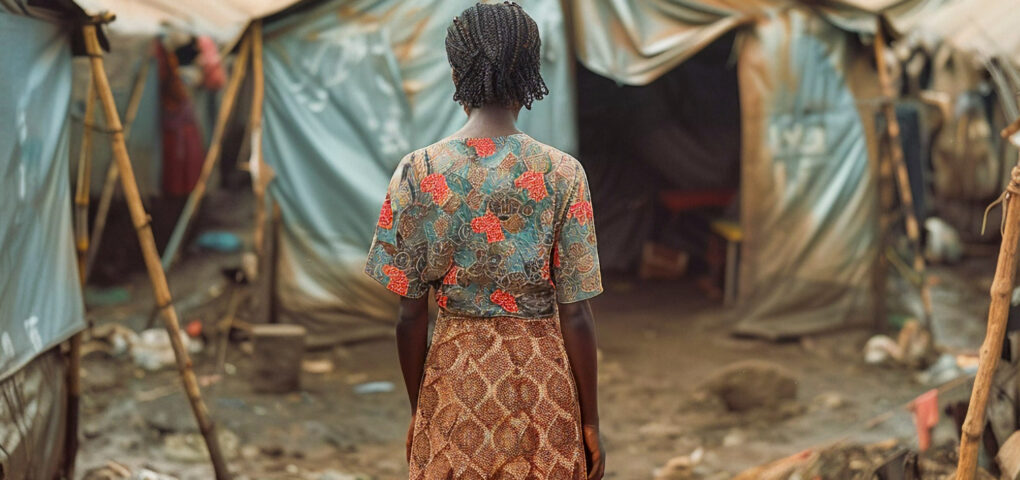Health challenges in the Global South are multifaceted, affecting millions of lives and hindering socio-economic development. Despite progress, many countries face systemic health crises stemming from poverty, weak infrastructure, and limited access to essential services.
The Problem
1. Lack of Access to Healthcare
Rural Disparities: Many communities live miles away from the nearest healthcare facility.
Cost Barriers: Even where services are available, many cannot afford treatment.
Limited Workforce: There is a shortage of doctors, nurses, and trained medical staff.
2. High Burden of Communicable Diseases
Diseases like malaria, HIV/AIDS, and tuberculosis (TB) remain leading causes of death.
Lack of prevention measures and education exacerbates the spread of these illnesses.
3. Non-Communicable Diseases (NCDs)
The Global South is witnessing a rise in NCDs like diabetes, heart disease, and cancer.
This shift places additional strain on already overwhelmed healthcare systems.
4. Weak Infrastructure
Hospitals and clinics lack essential equipment, medicines, and technologies.
Supply chain disruptions lead to frequent shortages of life-saving drugs.
5. Maternal and Child Mortality
Sub-Saharan Africa accounts for 70% of global maternal deaths.
Neonatal deaths remain high due to poor prenatal and postnatal care.
6. Impact of Climate Change
Rising temperatures and natural disasters contribute to the spread of vector-borne diseases like malaria and dengue.
Floods and droughts disrupt access to clean water and sanitation, leading to outbreaks of cholera and other illnesses.
Why the Problem Exists
Poverty: Limited resources for both individuals and governments to invest in healthcare.
Inadequate Funding: Health spending in many Global South countries falls below WHO’s recommended benchmark of 5% of GDP.
Brain Drain: Skilled healthcare workers often migrate to wealthier countries for better opportunities.
Systemic Inequality: Marginalized communities, including women, children, and rural populations, face the greatest barriers.
Dependency on Aid: Reliance on international aid creates inconsistencies in funding and resource availability.

